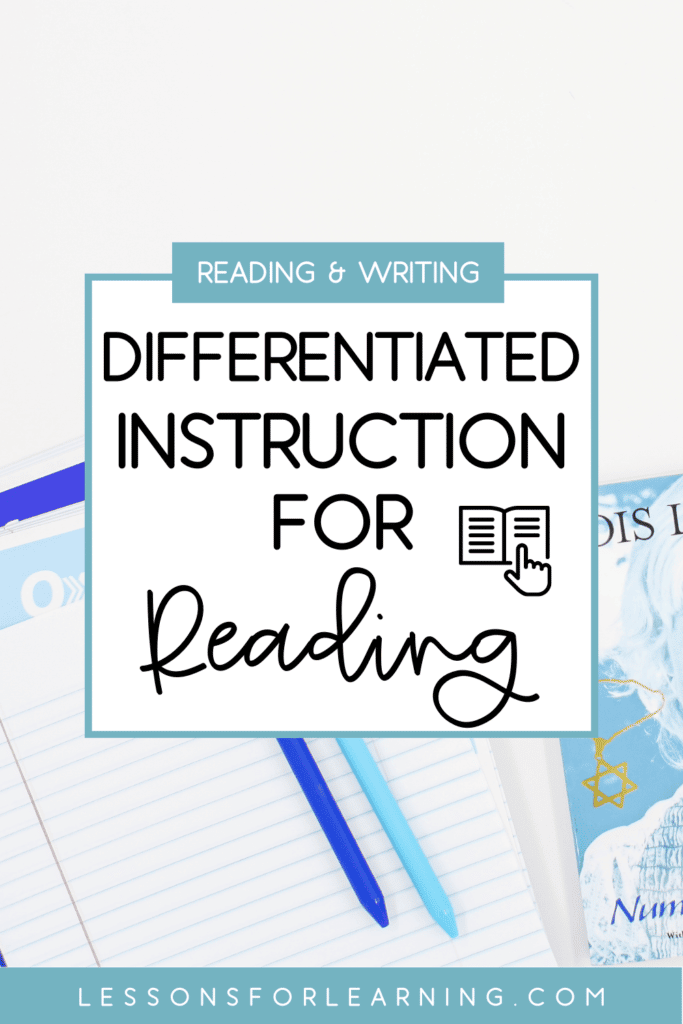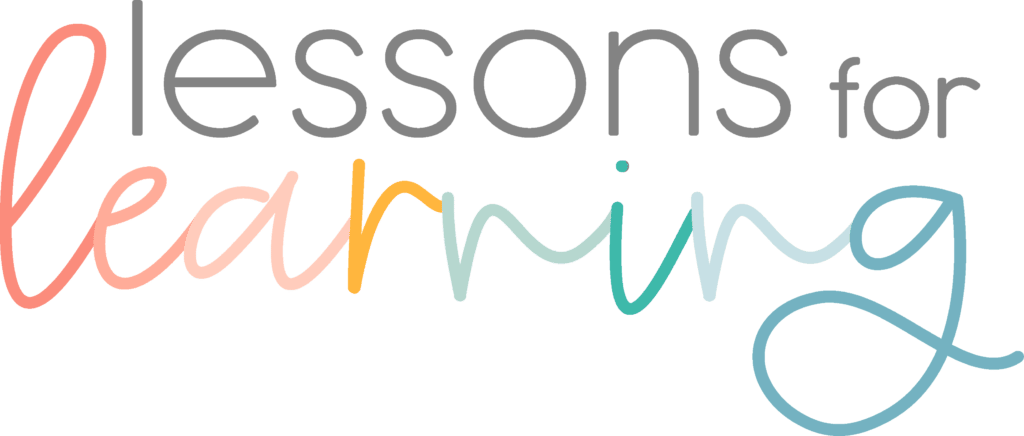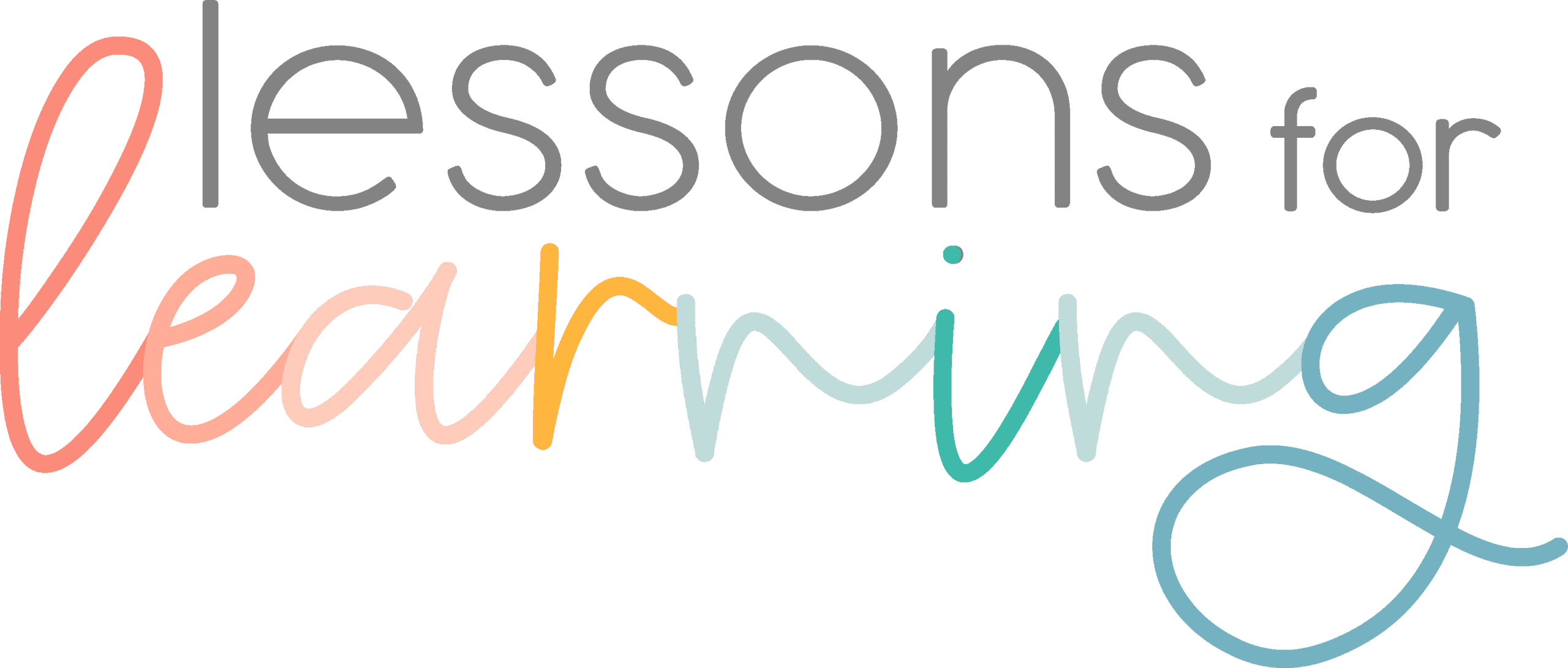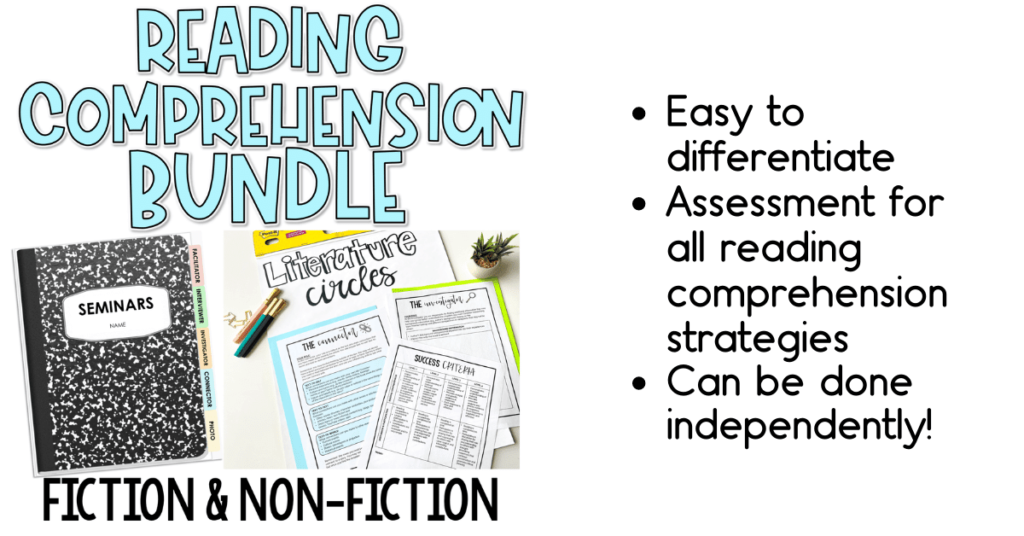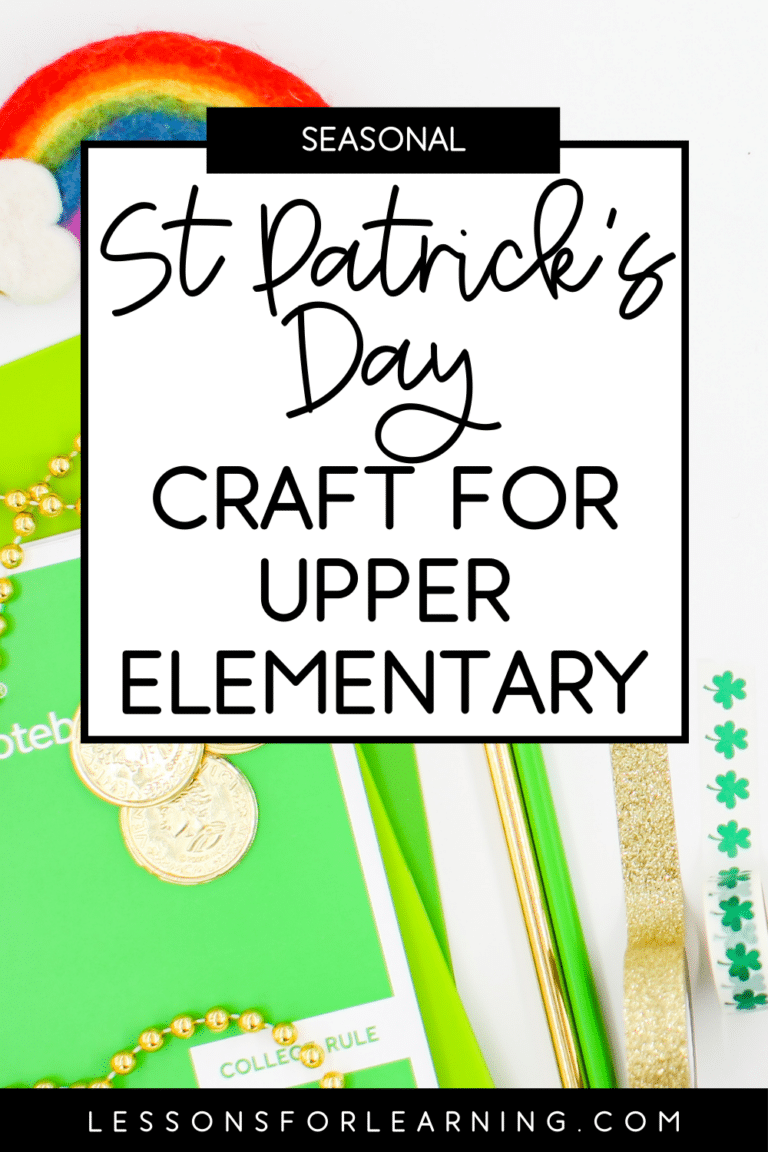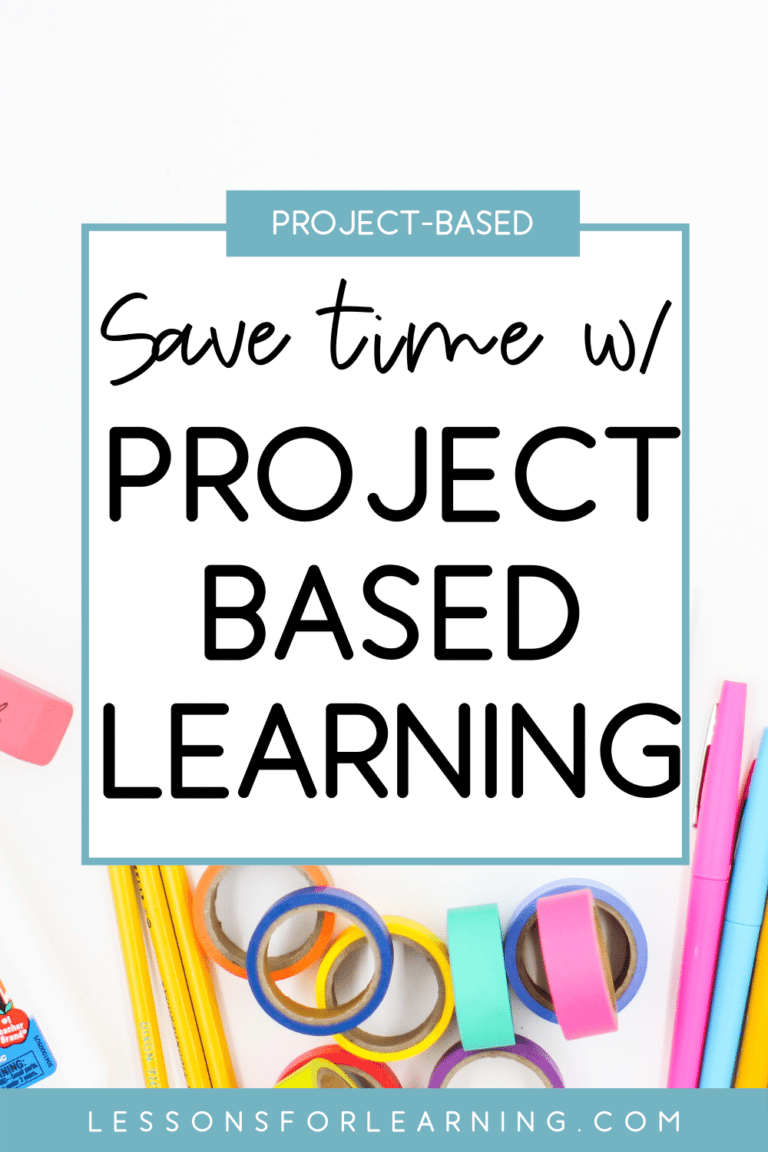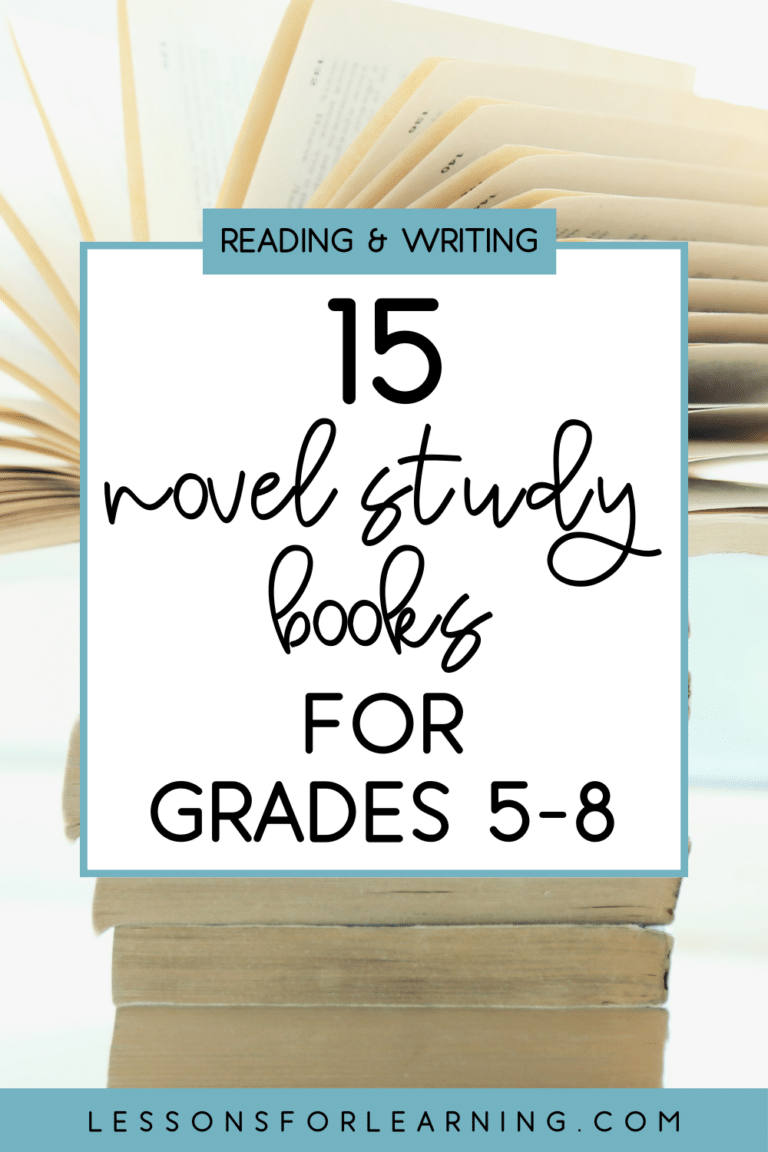As teachers, we know that all students learn in their unique way, especially when it comes to literacy. Differentiating instruction in the classroom will help your students (of course) but will also improve the flow of your literacy block. When students are working at their level, they will be more engaged and motivated to get their work done, meaning less disruptions and behaviours for YOU! In this blog post, we’ll explore three simple, easy-to-implement strategies for differentiating instruction in the classroom to engage all learners.
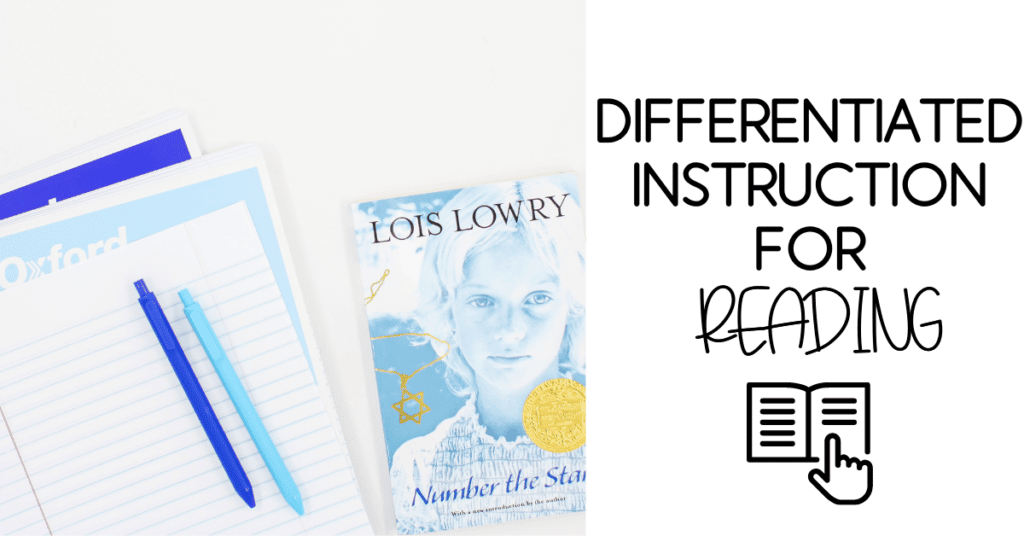
Strategy 1: Differentiate Texts
Providing students with texts that match their reading level is an effective way to differentiate instruction in the classroom. Of course, you can differentiate texts in guided reading groups but I love running literature circles to encourage students to read a novel. I have found that even my most reluctant readers buy into literature circles because it provides them with choice and gives them ownership of their learning. I always choose books at a variety of levels and match the topics to what I feel each student at that level would naturally gravitate towards. My advanced readers will tackle more challenging books while reluctant readers work with simpler texts. Click here to read more about how I implement literature circles in the classroom.
When it comes to nonfiction texts, I always use a website like Newsela because it offers articles at different reading levels. I can have all of my students read the same article (same topic, main ideas and details) but at multiple different Lexile levels. This makes planning easier and also supports student confidence. Your struggling readers won’t need to feel like they are reading something “different” because the topic of the article is the same.
Strategy 2: Differentiate Assessment
Here are some simple assessment options you can offer:
- Exit tickets
- Graphic organizers
- Multiple choice/true false questions
- Drawings/visual representations
- Sketchnotes
- Oral output (e.g., book talks, recording short/long answer questions)
Giving students different ways to showcase their understanding builds confidence and allows you to get a clear picture of where they are at.
You can also differentiate expectations for things like literature circles and seminars (nonfiction texts) by adjusting the rubric or only assigning certain roles.
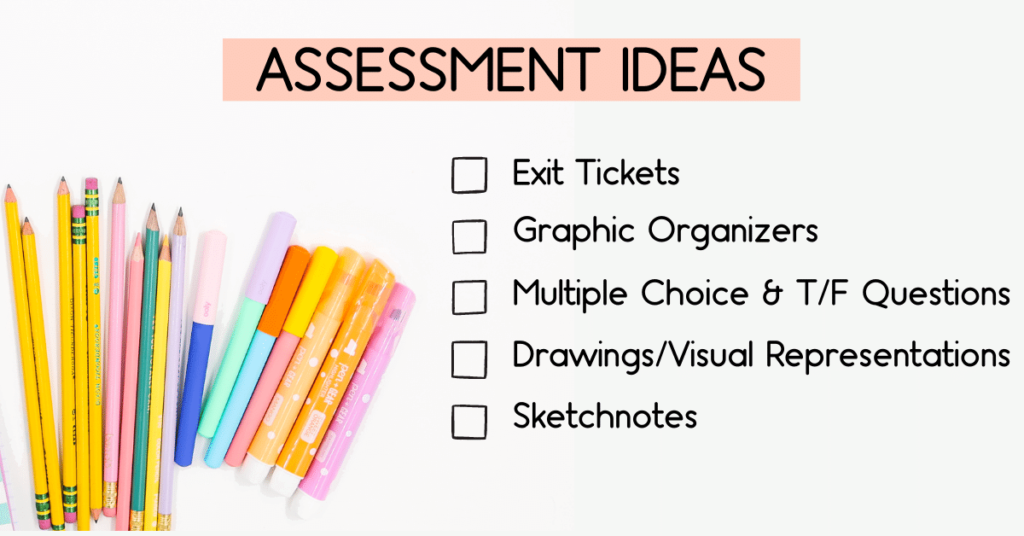
Strategy 3: Differentiate the Process
Consider differentiating the process of reading itself. Audiobooks can help entice a reader and get them excited about novels and stories. I know, I know… it’s listening and not “reading”… BUT it could be the first step in showing them that books can be fun!
Similarly, making the reading experience comfortable and cozy can help students feel more motivated and engaged. I really like to “set the vibe” during independent reading time and make it a moment in the day that all of the students look forward to. Here are some quick ways you can do that:
- Let students choose WHERE they read (e.g., floor, their desk, comfy chair, etc.)
- Allow them to read with a partner or independently during certain periods
- Turn on calming, instrumental music
- Turn the lights down or off (rely on natural light if you have it)
Differentiating instruction in the classroom may seem daunting, but it’s essential for ensuring that all students are engaged and making progress towards their goals. By using strategies like differentiating texts, assessment, and the reading process itself, you can create an environment where every student feels seen, heard, and supported. Ultimately, this fosters a love of reading and lifelong learning for all students. As teachers, we can create an atmosphere that encourages and inspires students to improve their literacy skills and enjoy the experience at the same time.
